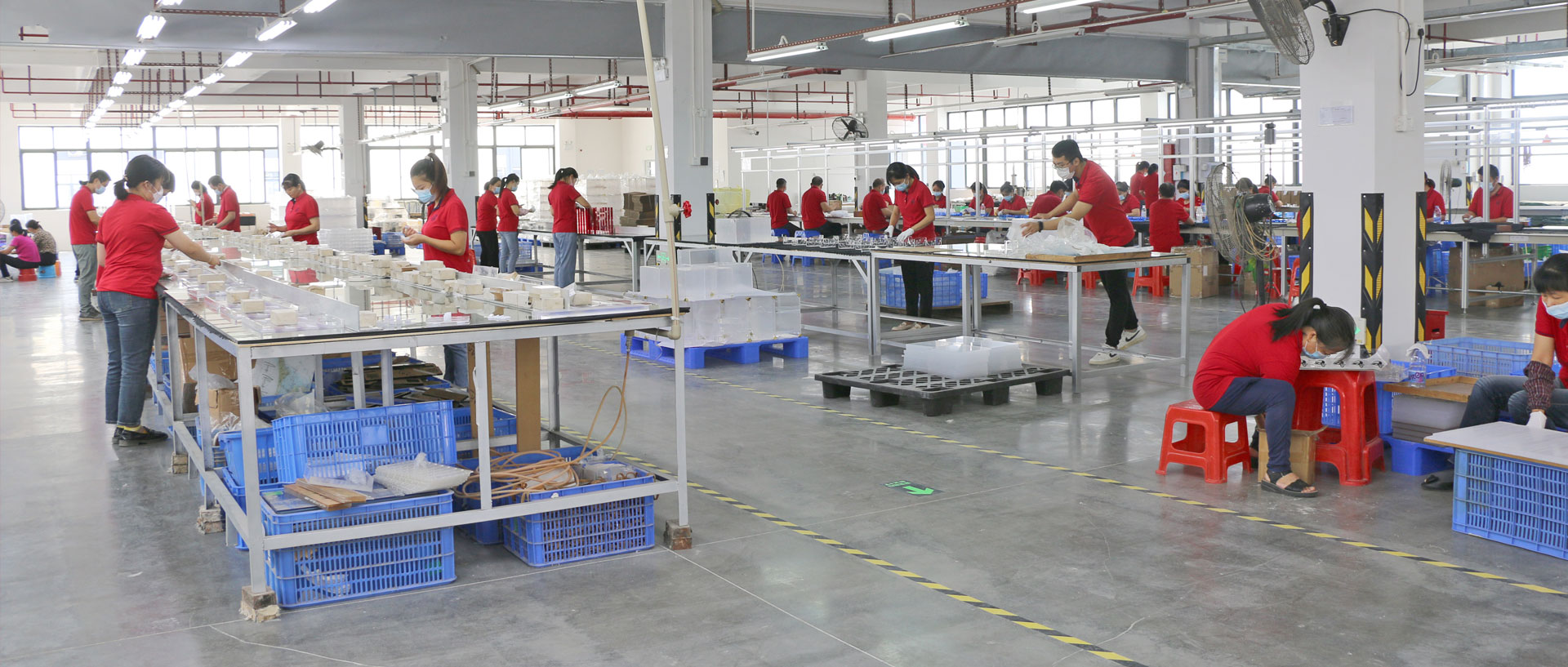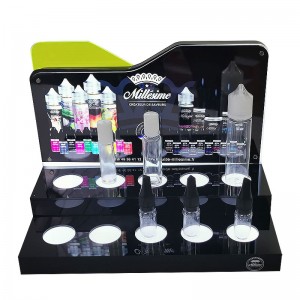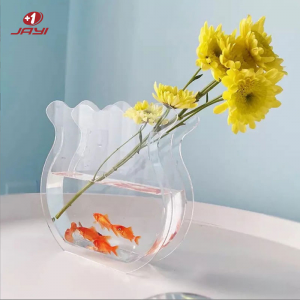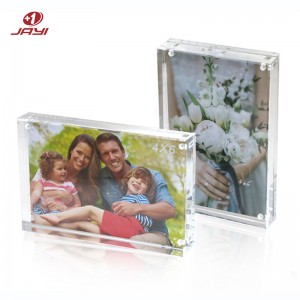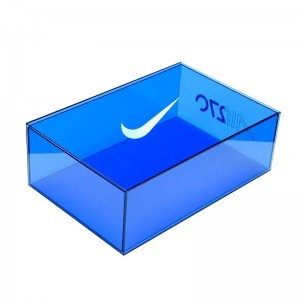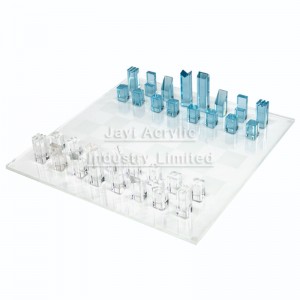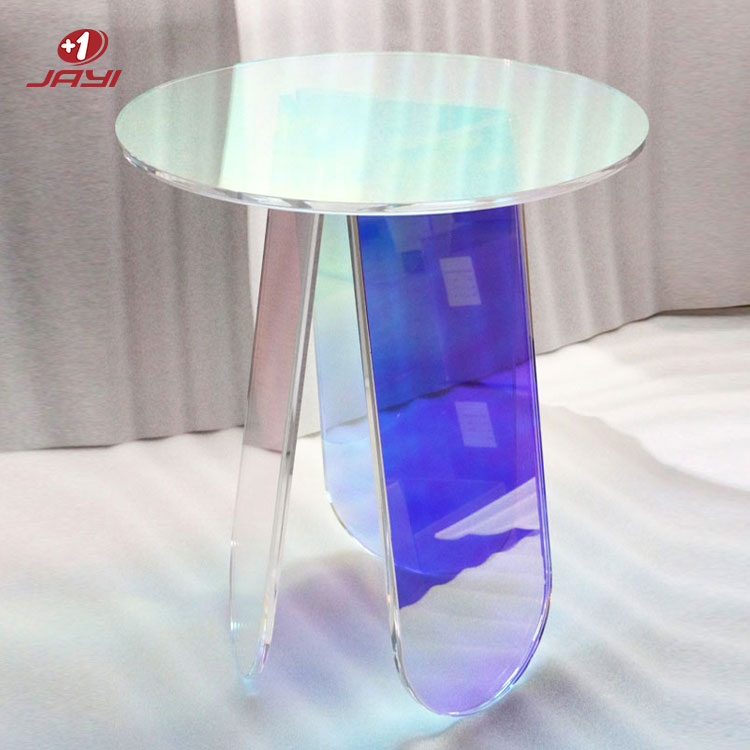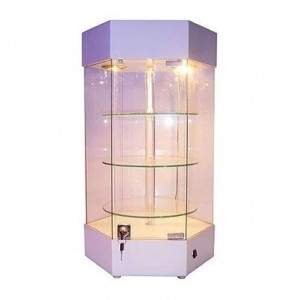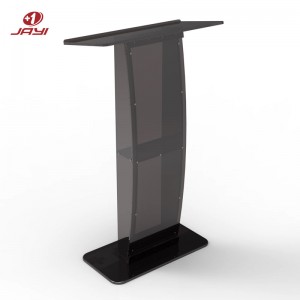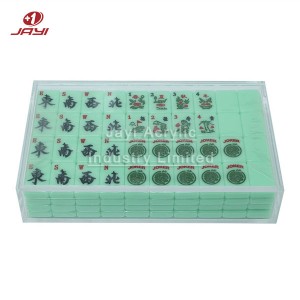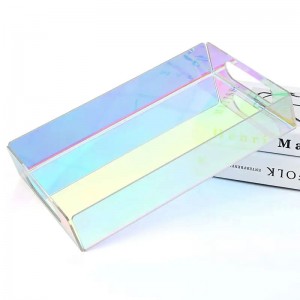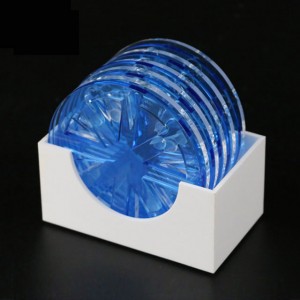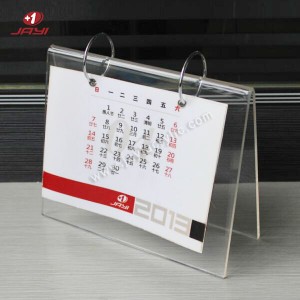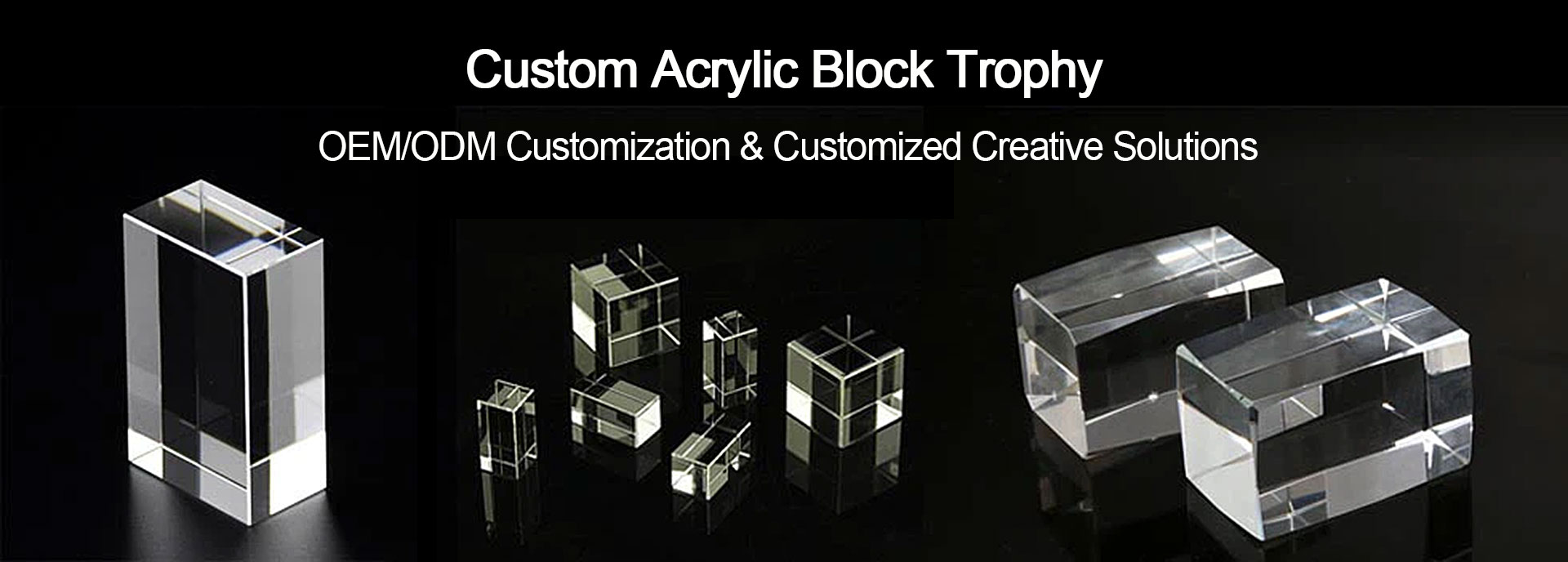
When it comes to recognizing achievements—whether in sports, academics, corporate settings, or community events—trophies stand as tangible symbols of hard work and success.
But with so many material options available, choosing the right one for custom orders can feel overwhelming. Should you go for the timeless shine of crystal, the durable heft of metal, or the versatile appeal of acrylic?
In this guide, we’ll break down the key differences between acrylic trophies, crystal trophies, and metal trophies, focusing on factors that matter most for custom projects: weight, safety, customization ease, cost-effectiveness, durability, and aesthetic versatility.
By the end, you’ll understand why acrylic often emerges as the top choice for many custom trophy needs—and when other materials might be a better fit.
1. Understanding the Basics: What Are Acrylic, Crystal, and Metal Trophies?
Before diving into comparisons, let’s clarify what each material brings to the table. This foundational knowledge will help you evaluate which aligns with your custom order goals.
Acrylic Trophies
Acrylic (often called Plexiglass or Perspex) is a lightweight, shatter-resistant plastic known for its clarity and versatility.
It’s made from polymethyl methacrylate (PMMA), a synthetic polymer that mimics the look of glass or crystal but with added durability.
Acrylic trophies come in various forms—from clear blocks that can be engraved to colored or frosted designs, making them ideal for bold, modern, or budget-friendly custom orders.
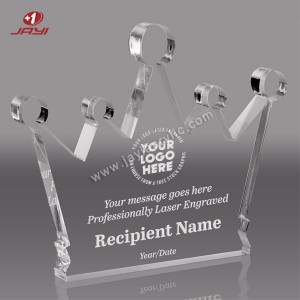
Acrylic Trophies
Crystal Trophies
Crystal trophies are typically crafted from leaded or lead-free crystal, a type of glass with high refractive properties that gives it a brilliant, sparkling appearance.
Lead crystal (containing 24-30% lead oxide) has superior clarity and light refraction, while lead-free options cater to safety-conscious buyers.
Crystal is often associated with luxury, making it a popular choice for high-end awards, but it comes with limitations like weight and fragility.

Crystal Trophies
Metal Trophies
Metal trophies are made from materials like aluminum, brass, stainless steel, or zinc alloy.
They’re valued for their durability, classic look, and ability to hold intricate details (thanks to processes like casting or engraving).
Metal trophies range from sleek, modern aluminum designs to ornate brass cups, and they’re often used for long-lasting awards (e.g., sports championships or corporate milestones).
However, their weight and higher production costs can be drawbacks for certain custom needs.

Metal Trophies
2. Key Comparison: Acrylic vs. Crystal vs. Metal Trophies
To help you decide which material is best for your custom order, let’s break down the most critical factors: weight, safety, customization ease, cost-effectiveness, durability, and aesthetics.
Weight: Acrylic Takes the Lead for Portability
One of the biggest advantages of acrylic trophies is their lightweight nature. Unlike crystal or metal, which can feel heavy—especially for larger trophies—acrylic is up to 50% lighter than glass (and even lighter than most metals). This makes acrylic trophies easier to transport, handle, and display.
For example, A 12-inch-tall custom acrylic trophy might weigh just 1-2 pounds, while a similar-sized crystal trophy could weigh 4-6 pounds, and a metal one could weigh 5-8 pounds.
This difference matters for events where attendees need to carry trophies home (e.g., school award ceremonies or small business galas) or for shipping custom orders to clients—lighter trophies mean lower shipping costs and less risk of damage during transit.
Crystal and metal trophies, on the other hand, can be cumbersome. A heavy metal trophy might require a sturdy display case, and a large crystal trophy could be difficult to move without assistance. For custom orders that prioritize portability, the acrylic trophy is the clear winner.
Safety: Acrylic Is Shatter-Resistant (No More Broken Awards)
Safety is a non-negotiable factor, especially for trophies that will be handled by children (e.g., youth sports awards) or displayed in high-traffic areas. Here’s how the materials stack up:
Acrylic
Acrylic trophies are shatter-resistant, meaning they won’t break into sharp, dangerous shards if dropped.
Instead, it may crack or chip, reducing the risk of injury.
This makes it ideal for schools, community centers, or any setting where safety is a top concern.
Crystal
Crystal is fragile and shatters easily.
A single drop can turn a beautiful custom crystal trophy into a pile of sharp pieces, posing a risk to anyone nearby.
Lead crystal adds another layer of concern, as lead can leach if the trophy is damaged (though lead-free options mitigate this).
Metal
Metal trophies are durable but not immune to safety risks.
Sharp edges from poor engraving or casting can cause cuts, and heavy metal pieces can cause injury if they fall.
Additionally, some metals (like brass) may tarnish over time, requiring regular polishing to maintain safety and appearance.
Customization Ease: Acrylic Is a Designer’s Dream
Custom acrylic trophies are all about personalization—logos, names, dates, and unique shapes.
Acrylic’s flexibility and ease of processing make it the most customizable option on the market.
Engraving and Printing
Acrylic accepts laser engraving, screen printing, and UV printing with exceptional clarity.
Laser engraving on acrylic creates a frosted, professional look that stands out, while UV printing allows for full-color designs (perfect for branding or bold graphics).
Unlike crystal, which requires specialized engraving tools to avoid cracking, acrylic can be engraved with standard equipment, reducing production time and costs.
Shaping and Molding
Acrylic is easy to cut, bend, and mold into almost any shape—from traditional cups to custom 3D designs (e.g., a soccer ball for a sports award or a laptop for a tech achievement).
Metal, by contrast, requires complex casting or forging to create custom shapes, which adds time and expense.
Crystal is even more limited: it’s hard to shape without breaking, so most crystal trophies are limited to standard designs (e.g., blocks, bowls, or figurines).
Color Options
Acrylic comes in a wide range of colors—clear, opaque, translucent, or even neon.
You can also mix colors or add frosted effects to create unique looks.
Crystal is mostly clear (with some tinted options), and metal is limited to its natural color (e.g., silver, gold) or coatings that can chip over time.
Cost-Effectiveness: Acrylic Delivers More Value for Money
Budget is a key consideration for most custom trophy orders—whether you’re a small business ordering 10 awards or a school district ordering 100.
Acrylic trophies offer the best balance of quality and affordability.
Acrylic
Acrylic trophies are an affordable material, and their ease of processing (faster engraving, simpler shaping) reduces labor costs.
A custom 8-inch acrylic trophy might cost $20- 40, depending on the design.
For bulk orders, prices can drop even further, making acrylic an ideal choice for budget-conscious buyers.
Crystal
Crystal is a premium material, and its fragility requires careful handling during production and shipping, which adds costs.
A custom 8-inch crystal trophy can cost $50−100 or more, and lead crystal options are even pricier.
For high-end events (e.g., corporate leadership awards), crystal may be worth the investment—but it’s not practical for large or budget-limited orders.
Metal
Metal trophies are more expensive than acrylic due to the cost of the material and the complexity of manufacturing (e.g., casting, polishing).
A custom 8-inch metal trophy can cost $40- 80, and larger or more intricate designs can exceed $100.
While metal is durable, its higher cost makes it less ideal for bulk orders.
Durability: Acrylic Stands the Test of Time (Without Tarnish or Shatter)
Trophies are meant to be displayed and cherished for years, so durability is crucial. Here’s how each material holds up:
Acrylic
Acrylic trophies are scratch-resistant (when properly cared for) and won’t tarnish, fade, or corrode.
It’s also shatter-resistant, as we mentioned earlier, so it can withstand minor bumps or falls without breaking.
With simple care (avoiding harsh chemicals and direct sunlight), an acrylic trophy can retain its appearance like new for decades.
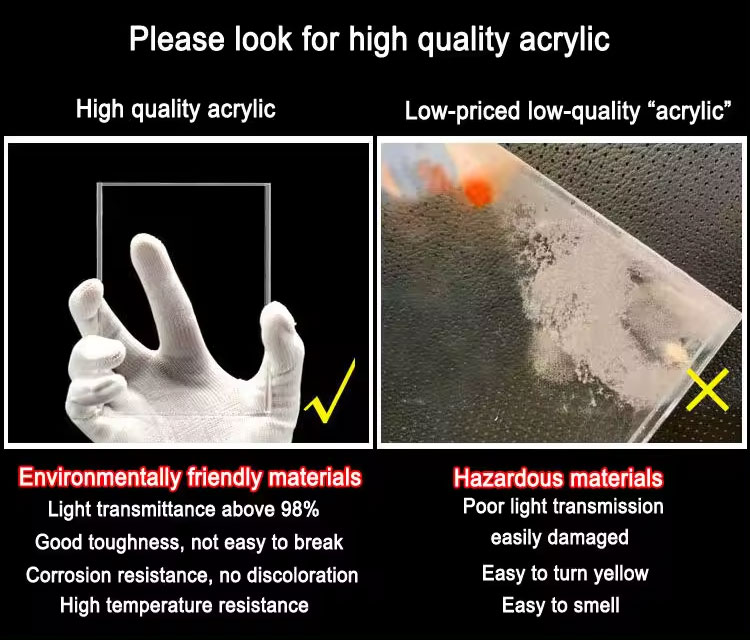
Crystal
Crystal is fragile and prone to chipping or shattering.
It’s also susceptible to scratches—even a small bump against a hard surface can leave a permanent mark.
Over time, crystal may also develop cloudiness if not cleaned properly (using harsh cleaners can damage the surface).
Metal
Metal is durable, but it’s not immune to wear.
Aluminum can scratch easily, brass and copper tarnish over time (requiring regular polishing), and stainless steel can show fingerprints.
Metal trophies may also develop rust if exposed to moisture, which can ruin the design.
Aesthetics: Acrylic Offers Versatility (From Classic to Modern)
While aesthetics are subjective, acrylic’s versatility makes it suitable for almost any style—from classic and elegant to bold and modern.
Acrylic
Clear acrylic trophies mimic the sleek, sophisticated look of crystal, making it a great alternative for formal events.
Colored or frosted acrylic can add a modern twist—perfect for tech companies, youth events, or brands with bold identities.
You can also combine acrylic with other materials (e.g., wood bases or metal accents) to create unique, high-end designs.
Crystal
Crystal’s main appeal is its sparkling, luxurious look.
It’s perfect for formal events (e.g., black-tie galas or academic achievements) where a premium aesthetic is desired.
However, its lack of color options and limited shapes can make it feel outdated for modern brands or casual events.
Metal
Metal trophies have a classic, timeless look—think of traditional sports cups or military medals.
They’re great for events that want a “heritage” feel, but their heavy, industrial look may not fit with modern or minimalist branding.
3. When to Choose Crystal or Metal (Instead of Acrylic)
While acrylic is the best choice for most custom trophy orders, there are a few scenarios where crystal or metal might be more appropriate:
Choose Crystal If:
You’re ordering a high-end award for a prestigious event (e.g., a CEO of the Year award or a lifetime achievement award).
The recipient values luxury and tradition over portability or cost.
The trophy will be displayed in a protected, low-traffic area (e.g., a corporate office shelf) where it won’t be handled frequently.
Choose Metal If:
You need a trophy that will withstand heavy use (e.g., a sports championship trophy that’s passed down annually).
The design requires intricate metal details (e.g., a 3D cast figurine or an engraved brass plate).
The event has a classic or industrial theme (e.g., a vintage car show or a construction industry award).
4. Final Verdict: Acrylic Is the Best Choice for Most Custom Trophy Orders
After comparing acrylic, crystal, and metal trophies across key factors—weight, safety, customization, cost, durability, and aesthetics—acrylic emerges as the clear winner for most custom needs.
Portable: Lightweight design makes it easy to transport and ship.
Safe: Shatter-resistant properties reduce the risk of injury.
Customizable: Easy to engrave, print, and shape into unique designs.
Affordable: Offers great value for money, especially for bulk orders.
Durable: Scratch-resistant and long-lasting with minimal maintenance.
Versatile: Adapts to any style, from classic to modern.
Whether you’re ordering trophies for a school, a small business, a sports league, or a community event, acrylic can meet your custom needs without compromising on quality or design.
5. Tips for Ordering Custom Acrylic Trophies
To get the most out of your custom acrylic trophy order, follow these tips:
Choose the Right Thickness: Thicker acrylic (e.g., 1/4 inch or more) is more durable for larger trophies.
Opt for Laser Engraving: Laser engraving creates a professional, long-lasting design that won’t fade.
Add a Base: A wooden or metal base can enhance the trophy’s stability and aesthetic appeal.
Consider Color Accents: Use colored acrylic or UV printing to highlight logos or text.
Work with a Reputable Supplier: Look for a supplier with experience in custom acrylic trophies to ensure quality and on-time delivery.
Conclusion
This article compares acrylic, crystal, and metal trophies for custom orders.
It first explains each material’s basics, then contrasts them in weight, safety, customization, cost, durability, and aesthetics.
Acrylic stands out as lightweight (50% lighter than glass), shatter-resistant, highly customizable (easy engraving/printing, diverse shapes/colors), cost-effective ($20-$40 for an 8-inch custom), durable (scratch-resistant, no tarnish), and versatile in style.
Crystal is luxurious but heavy, fragile, and pricey.
Metal is durable but heavy, costly, and less customizable.
Jayiacrylic: Your Leading China Custom Acrylic Trophies Manufacturer
Jayi Acrylic is a professional acrylic trophies manufacturer in China. Jayi’s acrylic trophy solutions are crafted to honor achievements and present awards in the most prestigious way. Our factory holds ISO9001 and SEDEX certifications, guaranteeing top-notch quality and ethical manufacturing practices for every custom acrylic trophy—from material selection to engraving and finishing.
With more than 20 years of experience partnering with leading brands, sports leagues, schools, and corporate clients, we fully grasp the significance of designing acrylic trophies that reflect brand identity, celebrate milestones, and leave a lasting impression on recipients. Whether it’s a sleek, clear design, a colorful, branded piece, or a custom-shaped award, our acrylic trophies blend durability, aesthetics, and personalization to meet every unique need.
RFQ Section: Common Questions from B2B Clients
What’s the Minimum Order Quantity (Moq) for Custom Acrylic Trophies, And How Does the Unit Price Decrease with Larger Bulk Orders?
Our MOQ for custom acrylic trophies is 20 units—ideal for small businesses, schools, or sports leagues.
For orders of 20-50 units, the unit price for an 8-inch engraved acrylic trophy ranges from 35−40. For 51-100 units, this drops to 30−35, and for 100+ units, it falls to 25−30.
Bulk orders also qualify for free basic design tweaks (e.g., logo adjustments) and discounted shipping.
This pricing structure balances quality and affordability, making acrylic trophies cost-effective for large-scale B2B needs, as highlighted in our material comparison.
Can You Provide Samples of Custom Acrylic Trophies Before We Place a Full Order, And What’s the Cost and Lead Time for Samples?
Yes, we offer pre-production samples to ensure alignment with your custom requirements.
A single 8-inch acrylic trophy sample (with basic engraving and your logo) costs $50—this fee is fully refundable if you place a bulk order of 50+ units within 30 days.
Sample lead time is 5-7 business days, including design approval and production.
Samples let you verify acrylic’s clarity, engraving quality, and color accuracy—critical for B2B clients like corporate HR teams or event planners who need to confirm branding consistency before full production.
For Outdoor Sports Events, Will Acrylic Trophies Hold up Against Weather (E.G., Rain, Sunlight) Better Than Metal or Crystal Options?
Acrylic trophies outperform metal and crystal for outdoor use.
Unlike metal (which can rust, tarnish, or show fingerprints in moisture) or crystal (which shatters easily and clouds in rain), acrylic is weather-resistant: it won’t fade in direct sunlight (when treated with UV protection) or corrode in rain.
We recommend adding a UV coating for long-term outdoor display (a $2/unit upgrade), which extends durability.
For B2B clients hosting outdoor tournaments, acrylic’s shatter resistance and low maintenance also reduce replacement costs—unlike crystal, which risks breaking during outdoor transport or use.
Do You Offer Custom Shaping for Acrylic Trophies (E.G., Industry-Specific Designs like Medical Crosses or Tech Gadgets), And Does This Add to the Lead Time or Cost?
We specialize in custom-shaped acrylic trophies, from industry-specific designs (e.g., medical crosses for healthcare awards, laptop silhouettes for tech milestones) to brand-aligned 3D shapes.
Custom shaping adds 2-3 business days to the lead time (standard lead time is 7-10 days for bulk orders) and a 5−10/unit fee, depending on design complexity.
Unlike metal (which requires expensive casting for unique shapes) or crystal (limited to simple cuts to avoid breaking), acrylic’s flexibility lets us bring your B2B vision to life without excessive costs.
We’ll share a 3D design mockup for approval before production to ensure accuracy.
What Post-Purchase Support Do You Offer for B2b Clients—e.G., Replacing Damaged Trophies or Reordering Matching Designs Later?
We prioritize long-term B2B partnerships with comprehensive post-purchase support.
If any acrylic trophies arrive damaged (a rare issue due to our shatter-resistant material and secure packaging), we replace them free of charge within 48 hours of receiving photos of the damage.
For reorders of matching designs (e.g., annual corporate awards or recurring sports trophies), we store your design files for 2 years—so you can reorder without re-submitting artwork, and lead time is reduced to 5-7 days.
We also offer a 1-year warranty against manufacturing defects (e.g., faulty engraving), which exceeds support for crystal (no warranty due to fragility) or metal (limited to 6 months for tarnishing).
You Might Also Like Other Custom Acrylic Products
Post time: Aug-25-2025

